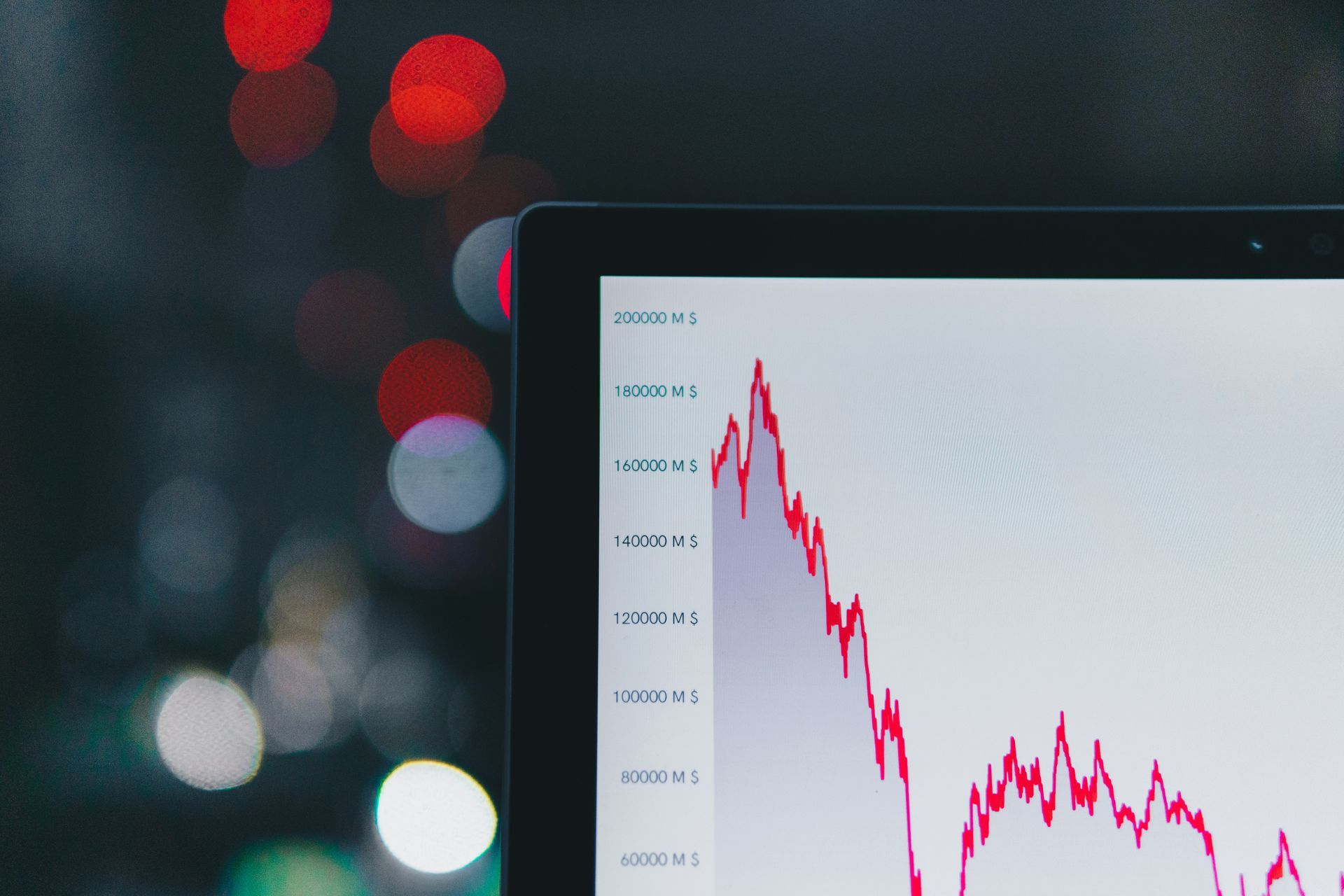Indonesia’s gold mining mafia
In West Lombok’s Sekotong district and West Kalimantan’s Ketapang regency, recent investigations have exposed an industrial-scale, foreign-backed model of illegal gold mining that is infiltrating legitimate markets, exploiting local communities, and undermining governance.
These operations are driven by well-financed transnational syndicates, drawing in political actors, corrupting enforcement, and creating serious risks for companies committed to responsible sourcing.

Sekotong: From “people’s mining” to foreign-controlled enterprise
Sekotong was once known for tambang rakyat—small-scale community mining tolerated by the state. Artisanal miners like Sabuddin sold modest yields to local traders, such as Heru Hairuddin, using basic tools and mercury-based processing methods. That changed in 2022 with the arrival of Chinese investors, including “Mr. Xi,” who struck land deals that locals allege were never fully paid.
The newcomers introduced excavators, bulldozers, and cyanide-leaching tanks—technology far beyond the means of local miners—transforming the hillsides into a sprawling 184 football-field operation.
The site, run by three companies (two Chinese-led, one Indonesian), held no valid permits yet generated an estimated USD 5.5 million worth of gold per month.
Locals accused the operators of displacing artisanal miners, contaminating water, killing crops and livestock, and seizing the richest deposits.
Frustration escalated into direct action in August 2024, when villagers torched the syndicate’s camp, forcing Chinese workers to flee. The site had operated openly for years, with heavy machinery and foreign crews visible, yet authorities intervened only after the unrest.
Ketapang: A USD 67 million theft and judicial misconduct
In West Kalimantan’s Ketapang regency,
Chinese national Yu Hao exploited dormant mine licences from PT. BRT and PT. SPM to conceal an unauthorised underground operation. Using over 1.6 km of old tunnels, Yu Hao’s crew—over 80 Chinese nationals plus local labourers—installed crushers, smelting furnaces, and mercury-based processing to extract 774 kg of gold and 938 kg of silver valued at around USD 67 million.
A 2024 joint task force caught Yu Hao in the act, leading to a 3.5-year prison sentence and a Rp 30 billion fine. But in January 2025, the Pontianak High Court acquitted him—a decision so suspicious that the Judicial Commission launched an ethics review. The acquittal allowed most co-defendants to flee abroad.
The Supreme Court later reinstated Yu Hao’s conviction, ordering him to serve three years and pay the fine. However, environmental groups and mining officials called the sentence too lenient given the scale of theft and mercury pollution.
The case revealed systemic weaknesses: regulatory blind spots allowed foreign crews to operate in remote tunnels without scrutiny, while judicial corruption nearly nullified one of Indonesia’s largest illegal mining prosecutions.
The network behind the mines
Indonesian investigators and foreign observers describe these operations as part of a “mining mafia”—Chinese-led syndicates that invest capital, bring technical expertise, and secure corrupt protection to access resource-rich areas.
The UNODC warns that such networks often overlap with other organised crime, money laundering, smuggling, and even links to armed groups. Gold extracted in Indonesia is often funnelled abroad through opaque supply chains, with China a major end market. Indonesian authorities have confirmed similar foreign-backed illegal mining operations in at least four provinces.
These thrive on systemic corruption, from fraudulent visa issuance to illicit fuel supplies, and on the absence of international enforcement cooperation.
Requests to Chinese authorities for extradition or investigative assistance have largely gone unanswered.
Labor exploitation and community impact
Both cases reveal patterns of labour exploitation. In Sekotong, small-scale miners lost access to resource-rich land and were left scavenging low-grade ore from abandoned pits. In Ketapang, Indonesian and foreign workers laboured in mercury-laced, unventilated tunnels without contracts, insurance, or safety equipment. Cyanide and mercury use poisoned waterways, killed livestock, and endangered communities’ food sources. Local miners have since adopted more dangerous methods introduced by foreign operators, worsening health risks.
These impacts erode livelihoods, fracture social cohesion, and leave locals bearing the environmental and health costs while illicit profits flow overseas.
Why this matters for responsible supply chains
These cases illustrate how illicit gold infiltrates legitimate global markets. Once refined, gold from Sekotong or Ketapang is chemically indistinguishable from legally mined material, allowing criminally tainted product to pass through reputable refineries and into jewellery, electronics, and investment bullion.
The risks for businesses are substantial. Compliance breaches under anti-money laundering, anti-bribery, and responsible sourcing laws can result in costly legal exposure. Reputational damage from links to corruption, environmental destruction, or labour abuse can erode consumer trust.
Operational disruptions may occur if contaminated supply chains trigger seizures, audits, or litigation. Downstream buyers—from banks to luxury brands—could be indirectly financing organised crime or environmental crimes if they fail to vet suppliers.
Effective ESG and compliance performance demands deep supply chain intelligence. Mapping individuals, entities, and political connections helps identify overlap between criminal actors and legitimate traders.
Tracking beneficial ownership of suppliers and intermediaries, cross-referencing local-language reporting with customs and corporate records, and scrutinising anomalies in trade flows can reveal illicit activity before it enters legitimate channels.
Monitoring high-risk jurisdictions, such as the Philippines, Myanmar, Cambodia, and Laos, where governance gaps invite illegal mining, can prevent these networks from exploiting new frontiers.



